

- Call 908 543 4390
- Email
- Dr.Joni Redlich PT,DPT


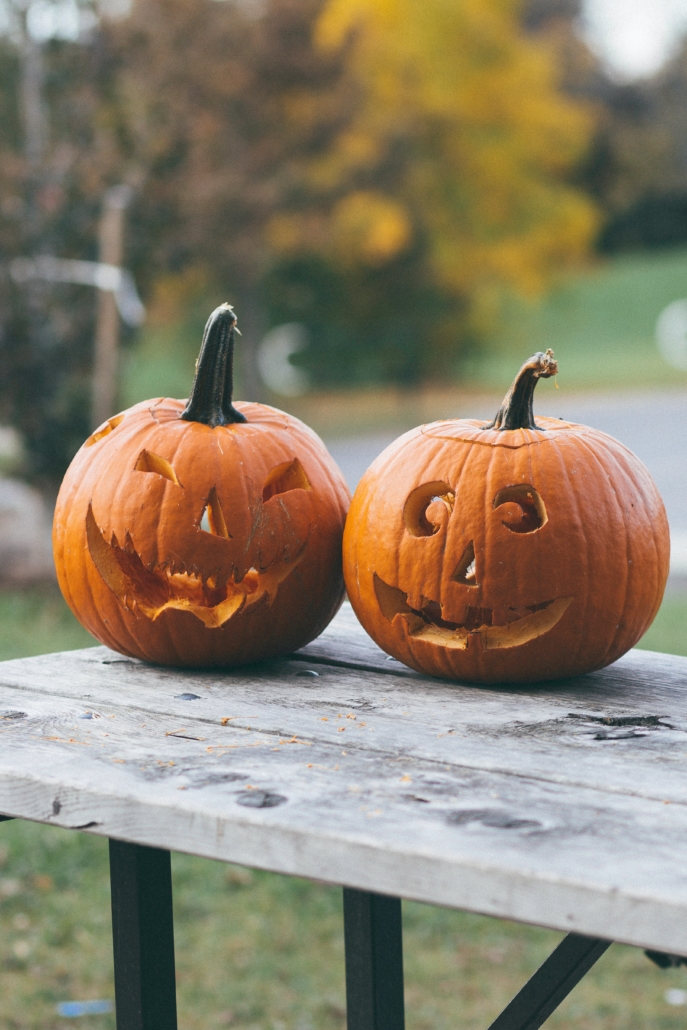
Halloween is here and it’s the second year we are taking extra precautions because of COVID. It can be overwhelming for parents especially since there are a whole new set of provisions to take to get our kiddos ready for trick or treating. This
past year, we have had the opportunity to receive the COVID vaccine therefore the restrictions this year have been looser. But, it is still important to take the necessary steps to make this Halloween safe for everyone. We would like to share some tips and tricks to keep our community safe while also having fun.
And remember, come trick-or-treating and play some games at KidPT on Halloween for some fun!!!
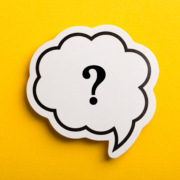
It can be spooky when it is hard to understand information about your kiddo’s health. October is national health literacy month which advocates for individuals to have the knowledge and access to the information to make informed decisions regarding their health. We believe that knowledge is power, especially when it comes to health. Here are some tips to help optimize your health literacy so that you can make informed health decisions for you and your little ones.
Ask Questions
Always ask clarifying questions to the health professionals that provide care for you and your family. There is no such thing as a “wrong” question, especially if it equips you with knowledge that helps you better understand your health and treatment options. Health care providers have a responsibility to provide education in a way that patients of all backgrounds, cultures, and education levels can understand. If you are more of a visual learner, don’t hesitate to ask for a visual aide that communicates the information.
Do Your Research
It can be intimidating finding reliable information online nowadays. Remember you do not need to do it alone. You can ask your doctor where to start. Good resources usually include sites that end with .gov and most diagnoses have a national association that provides education, research, and local resources. Just remember information you find on the internet can be inaccurate, so discuss the findings of your research with your health care providers so that they can help to weed out what is not helpful.
Community Resources
Often the city or township that you live in will have resources to promote health education. Check out your local library as they not only provide books, but also free access to online databases so that you can search research articles. Often librarians are eager to share their understanding of research and point you in the right direction to helpful resources. Your library is also a great place to start because they can connect you with local agencies and organizations that provide support for your specific concerns or area of interest.
Join Support Groups
Advice from people who have lived in your shoes is priceless. It is impossible to truly understand a situation/ circumstance until you have lived it yourself. Support groups are important as they provide practical advice and tools from people who have experience, affirm that you are not alone, and foster a community that provides support and encouragement to the members. A herd is always more powerful than a lone ranger.
Don’t Panic
Although the process can be frightening and at times overwhelming, it’s important to remember that you are not alone. The full responsibility to diagnose and meet the health needs of your child is not on you. Although it is good to be informed, don’t put the pressure on yourself to be your child’s health care provider. There is one thing you can do better than anyone else; Love and support your child. In order to do that well you need to take care of yourself. Your emotional stability will be a primary source of strength that they can rely on. Pursue a level of understanding that allows you to follow along in the treatment of your child, advocate for their needs, and breathe.
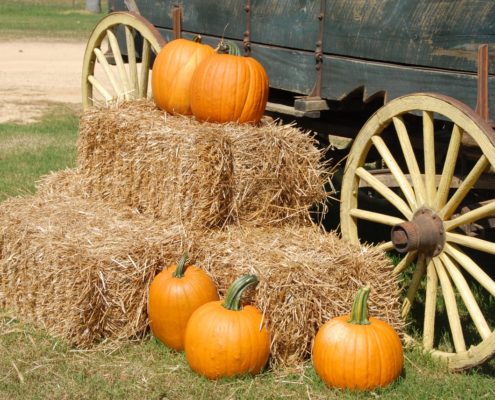
We know it is only the beginning of October, but EVERYONE is already thinking about Halloween (we know you are)! There are so many fun, spooky, but also wholesome fall themes all around, like pumpkin EVERYTHING, little ghosts, the monster mash, and so so much more. Because this whole month seems to be filled with Halloween goodness, we wanted to bring you our Halloween themed exercises early, so you can practice them ALL MONTH LONG, all the way to October 31st! So let’s get Monster mashing, come on!
The Frankenstein Kick 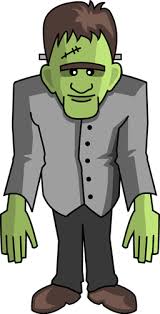
Stand with your arms out straight in front of you, and walk forward while kicking your legs straight TEN times. Kick your hands if you can! Now you are doing the Frankenstein Kick!
The Zombie Drag 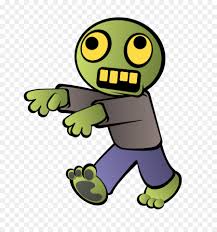
Lie on your tummy on the floor. Now drag yourself forward (aka do an army crawl) switching your arms 10 times! You can make this even harder if you pretend you are a Zombie who’s legs went missing and try to just move using your arms (it is so tricky).
The Pumpkin Roll 
Sit on your pelvis, criss cross applesauce. Now hug your knees close to your chest with both arms. Roll toward one knee, forward, and then try to sit back up. If you keep going in the same direction, you will start moving in a circle, so try it 5 times to the right then 5 times to the left. If you can’t do this one it is okay it is very hard. An alternative position is the stable pumpkin: Hug your knees into your chest and hold for 10 seconds!
The Mummy Twirl 
Pretend someone is wrapping you up in a whole roll of toilet paper (or actually use the toilet paper for this one and make it even more fun). Hold your imaginary or real toilet paper in between your arm and your side. Then twirl 10 times to the right to wrap yourself up tight like a mummy. Untwirl yourself by going 10 times to the left so you are not so dizzy (and not left mummified)!
The Flying Ghost 
Okay, we are going for the scare factor on this one, kids. Jump as high as you can into the air, bring your arms up over your head, and say BOO! Repeat this 10 times in a row to be the SCARIEST ghost on the block!
And there you have it, ghouls! Have fun performing these exercises to let your inner monster out and to get in the Halloween spirit! Stay tuned this month for more Halloween themed fun and tips to last you the whole month of October. Have fun moving and grooving, and remember to keep it SPOOKY!

The school year has kicked off and is already off to a great start! Attending school is such a privilege because our kids are allowed to learn new things from both teachers and peers. One important topic for children to learn about in school and at home is neurodiversity. Neurodiversity is a concept which is inclusive toward conditions like Autism, ADHD, Dyslexia, Sensory Processing Disorder, and other diagnoses. The topic of neurodiversity advocates against stigmatization of those who are neurodiverse and helps to prevent the idealization of the brain and body developing in one specific way. Children need to know that the brain and body can develop in many beautiful and different ways, and that not everyone sees and experiences the world in the same way.
Through education, children can learn to acknowledge, understand, and respect the differences in themselves and their peers. Many children face different sensory and motor challenges and every child has their own sensory motor strengths, and this is an essential part of life! Teaching kids about neurodiversity promotes understanding and helps to prevent the othering of neurodiverse populations. It also helps kids acknowledge and advocate for themselves or others if access to resources is difficult. It helps them understand that just because someone acts a little differently, moves a little differently, or talks a little differently than they do, that is okay and that they should be celebrated for who they are!
One GREAT way to help teach your child about neurodiversity at home is to provide access to books that talk about it in a way that makes them think about and understand the topic. So, without further ado, here are six children’s books that discuss various topics under the umbrella of neurodiversity so you and your child can learn and grow together:
This book utilizes 26 alphabet lessons to nurture social and emotional intelligence among children. It teaches them how to better humanity and work towards a better and brighter future. There are many different topics which are about respecting others, celebrating others, and learning about how to be the best person one can be!
This book is about the true story of Jennifer Keelan-Chaffins and her participation in the Capitol Crawl. This book discusses Jennifer’s drive to question America about why public spaces were not accessible to individuals with disabilities. It details HOW her activism helped lead to the formation and passing of the Americans with Disabilities Act (ADA), which has gone on to benefit SO many Americans to this day (although more spaces and events need to continue to improve their accessibility).
This book is written about Dr. Temple Grandin. Temple was diagnosed with autism at a young age, and faced many challenges growing because many had expectations of her that were not true! No one expected her to talk, let alone become one of the most powerful voices in modern science. Using her powerful and unique mind, she started connecting with animals in a special way. Through this connection and her own perseverance, she became an amazing scientist and inventor, creating revolutionary improvements for farms around the globe!
This is a social-emotional comic book that helps children learn to identify and regulate their behavior in response to outside stimuli. Many kids have trouble controlling how they feel inside in response to things going on around them and need a little support emotionally regulating! This is a great book to teach kids how to be aware of this in themselves and others, how to describe their feelings when they begin to feel overwhelmed, and also for educators interested to understand and support the neurodiverse children in their classroom.
This book helps to celebrate neurodiversity. It begins with the idea that neurodiversity is a normal, essential part of human biodiversity. Without Neurodiversity, we wouldn’t have great minds like Picasso, Einstein, or Greta Thunberg! This book encourages everyone to focus on our strengths and to understand that each brain is unique, which is wonderful!
This book follows a group of children as they each build their own hot-air balloons. It features the kids working together and using their own strengths to create beautiful things. It showcases the fact that we are all different and that the world is a better place when we use our differences and our unique skills to create bright, exciting things as a team!
